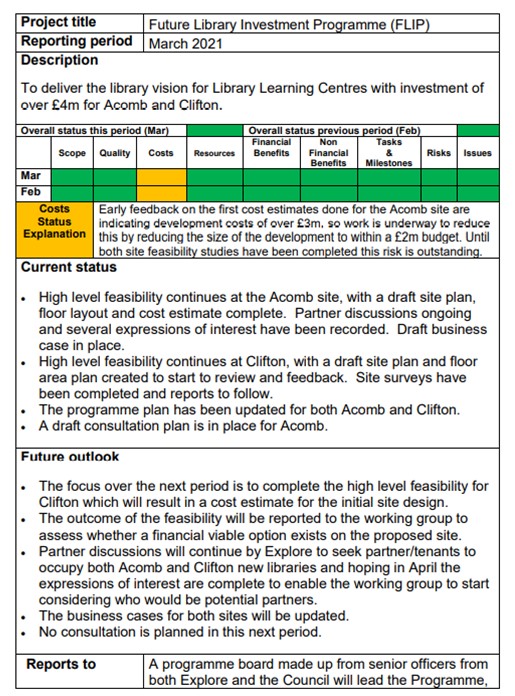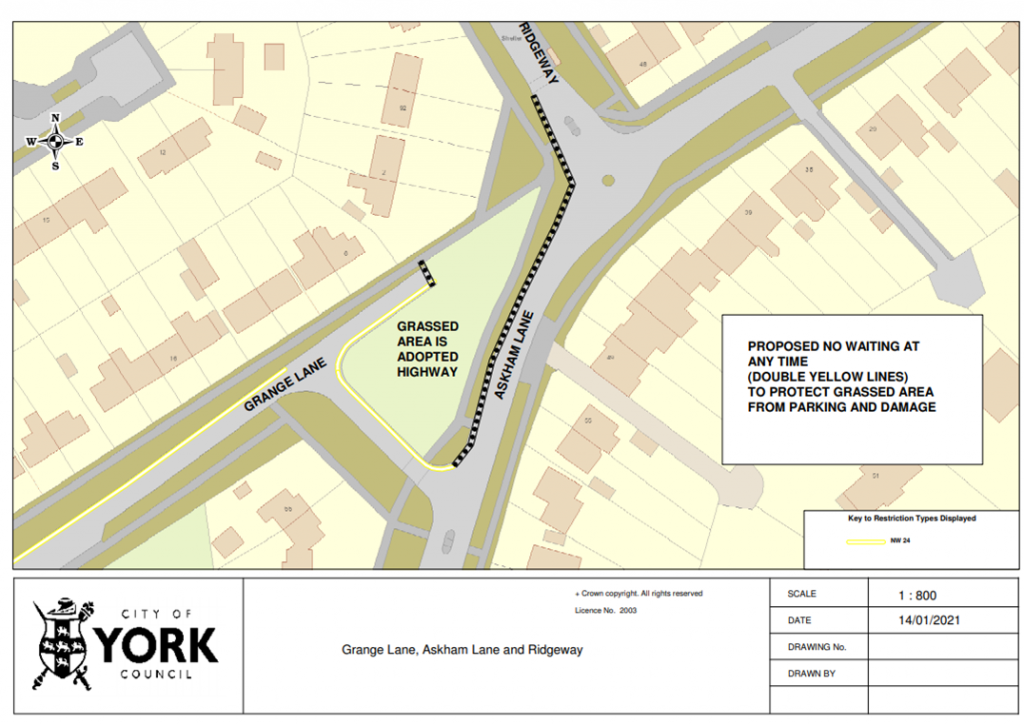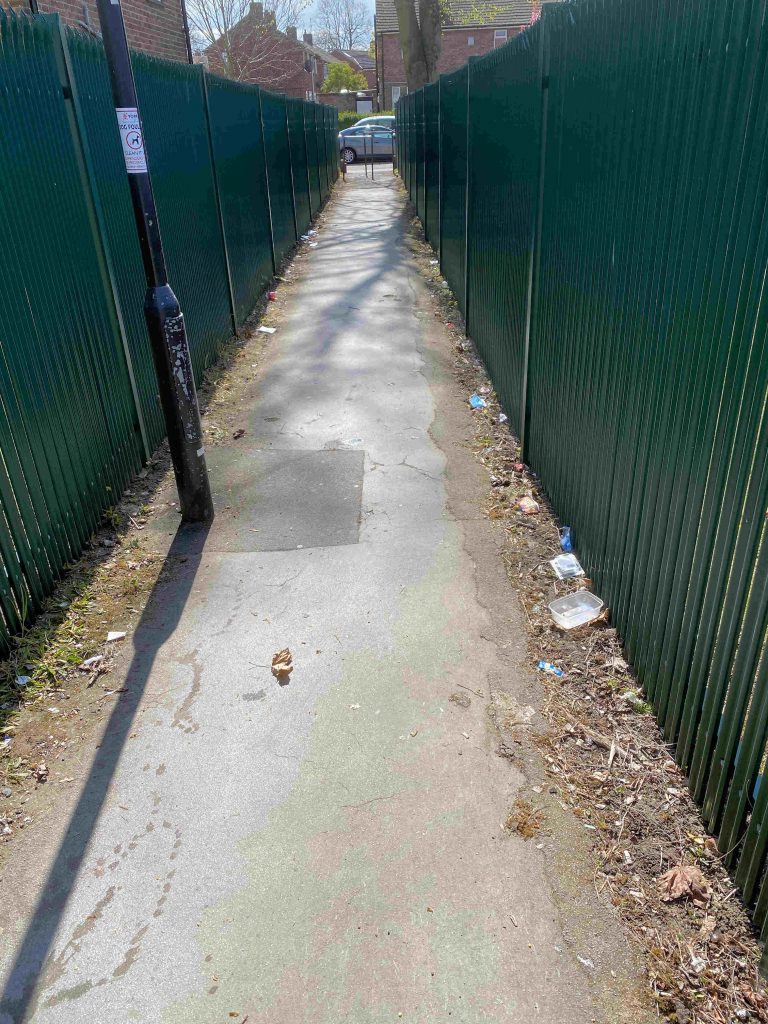
We reported a few weeks ago that Council owned land to the rear of Acomb Library – and which had been hijacked for use as a building compound – was now available once again for its original purpose.
The and had been purchased by the Council over 10 years ago to establish a “one stop shop” for public services as part of a plan to expand the library site. The need for a local Council base became more urgent when the Acomb Housing Office was subsequently closed in 2013.
Nothing much happened on the site until the new Liberal Democrat led Council announced a plan to invest £4 million in the library sites at Acomb and Clifton. That was two years ago. Things once again have fallen silent in the interim.
It appears though, from a progress report being considered by the Council next week, that plans for the site have already been drawn up.

York Council Acomb Library expansion update report April 2021
No public consultation has taken place and the Front Street survey – which ended a few days ago – failed to offer any options for the library site.
The original aspiration was for housing estate managers, the police, the NHS and neighbourhood workers to have a base at the new building. It remains to be seen whether this concept will be pursued.
In the interim the Council has constructed a new small housing office as part of the Lincoln Court redevelopment.
The land to the rear of Chancery Court (not Council owned) would have been landscaped as part of the project.
It was hoped that many more residents would make use of the Front Street facility as a result of the new investment. It would become a natural “hub” for the local community.
Apparently, the early plans for the site have been costed at £3 million. They are currently being scaled back to something “more affordable”.
The recently opened new library at Burnholme cost £4.6 million.
The Council needs to engage with potential users of facilities like these before plans are firmed up.














 When they were last in control of the Council (2011-2015), they handed out £8.2 million in payoffs to 546 “redundant” staff.
When they were last in control of the Council (2011-2015), they handed out £8.2 million in payoffs to 546 “redundant” staff. 